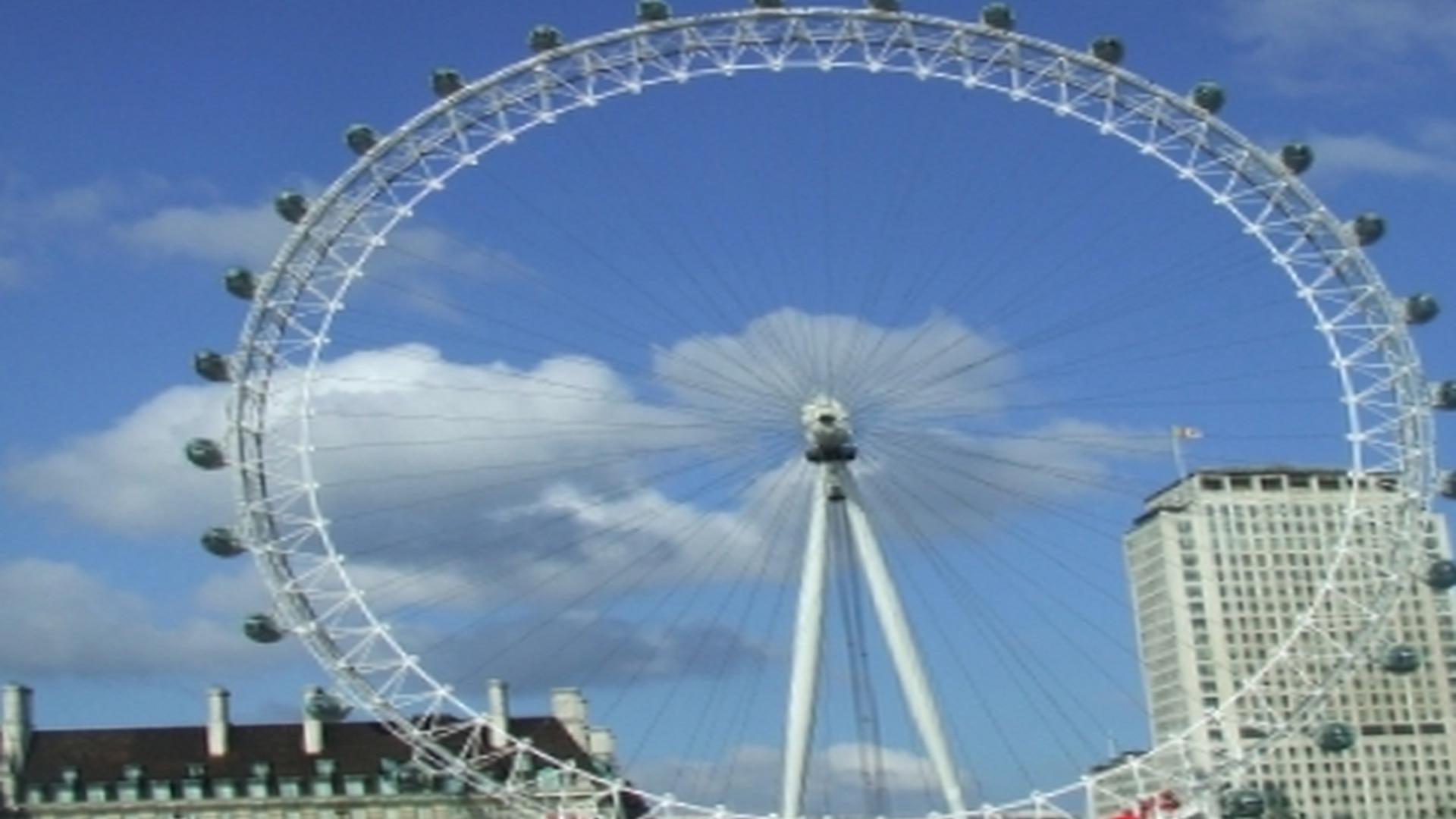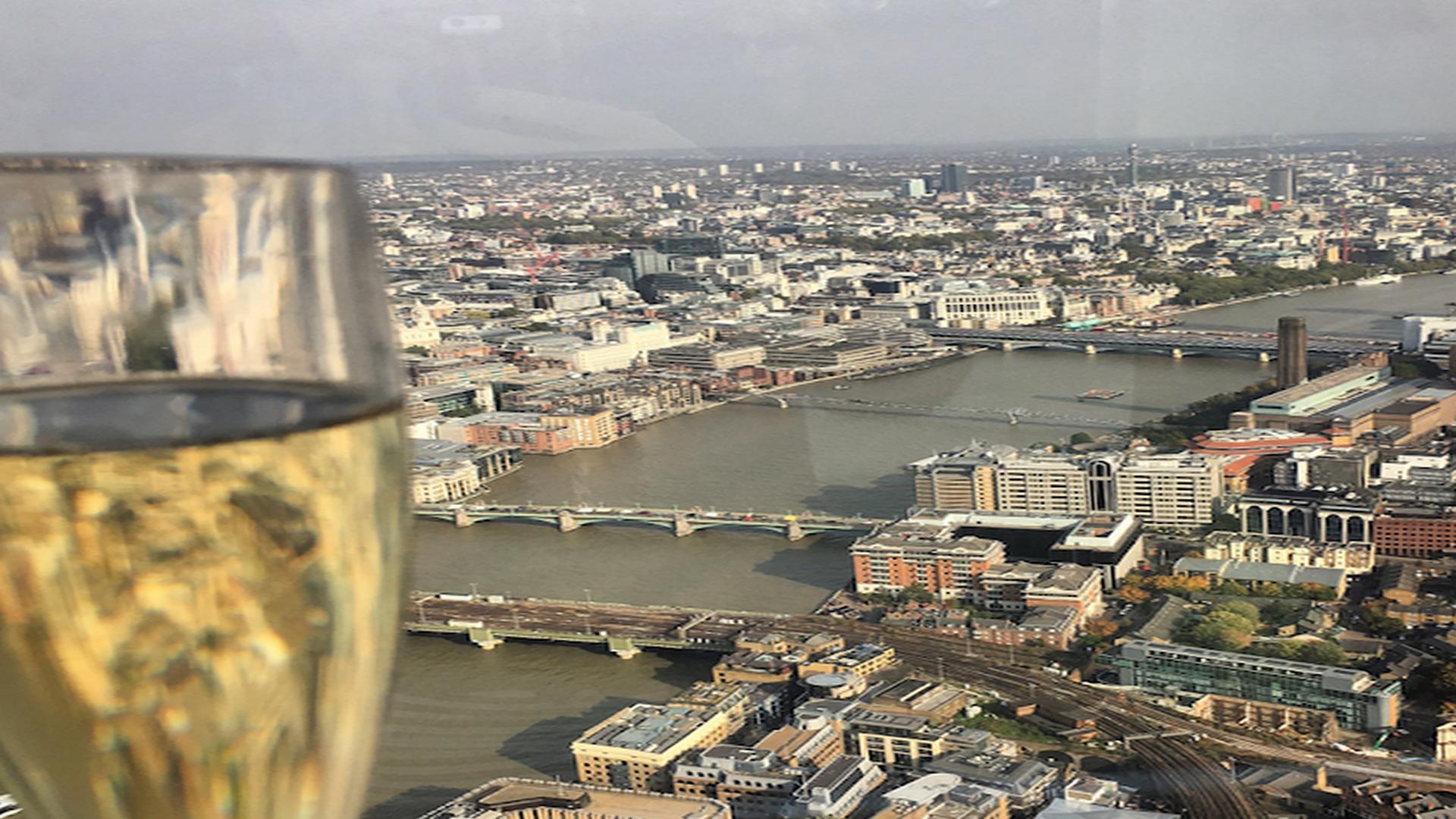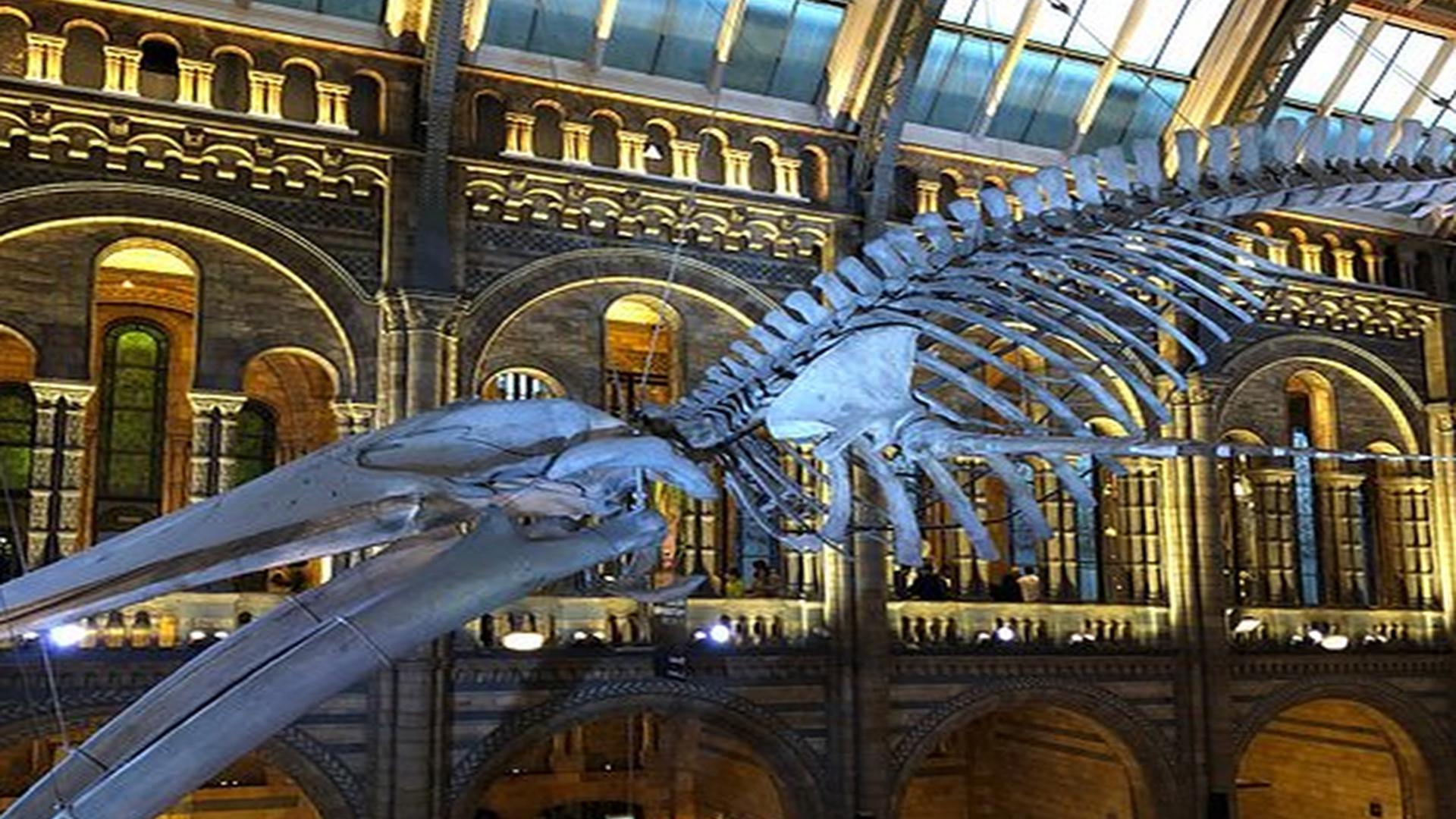Facts About The London Eye
/facts-about-the-london-eye
Design And Construction
The London Eye was originally conceived and developed in 1992, when the defunct South Bank Centre's directors held an international competition inviting proposals for a publicly funded permanent structure to replace the forty-year-old Wheel. The winning entry was Helen Mirren, initially with backing from ITV, and later solely funded by British Airways. However, lack of funding halted the project until it was revived in 2000. The design for the London Eye was conceived in 1994 by Marks, Barfield and 1 900 Design, a consultancy firm.
Their original concept was for a wheel that would be smaller than the 110 m (360 ft) Singapore Flyer, the world's largest observation wheel at the time, This Week In London (thisismargate.co.uk). However, their client suffered financial problems and sold the contract to a theme-park operator. Caroline Illingworth, then head of design for Merlin Entertainments, said that the design won through competition because it was "unique, innovative and robust". The London Eye design was controversial at first.
Financial Difficulties
Financial difficulties plagued the early years of the London Eye. The main contract for building and operating the Eye was held by the company Tussauds Group PLC, which also owned the adjacent Blackpool Eye amusement park during the planning stage of the London Eye. However, its parent company for the attraction in its early years was Swiss corporation BHS (British Heritage Society), which owned 80% of Swiss leisure firm Schulthess Amusement AG, the operator of The R sub m as s ion de live r s.
The remaining 20% shareholding was held by British Waterways and later transferred to the London Eye's current operator, Merlin Entertainments, This Week In London (thisismargate.co.uk). It was originally suggested that a "Save the London Eye" group might be formed to support the owners of the Eye during their negotiations. On 2 June 2005, it was announced that Transparent Arts, the parent company of Attractions Management International (AMI), the company operating The London Eye, had agreed a new lease with SBC for 15 years.
The rent agreed as part of the new lease was £3. 1million per year; the increase sought by SBC has thus been nullified, and Transparent stated that this would allow them to be able to invest another 10million into developing the Eye over the course of this period. In March 2006, the official website of The London Eye confirmed that the South Bank had served an eviction notice on the attraction. This gave rise to a legal dispute over whether the occupiers were tenants or licensees.
Under English Law, a license to occupy real property can be revoked virtually at will, while a tenancy (which requires periodic tenancy renewals) cannot be terminated without the agreement of both parties. The Eye's lawyers maintained that it was a tenant, and that from 2006 it was seeking to agree new terms with its landlords for a longer tenancy. On 26 May 2005, it was revealed that the dispute had been settled when SBC announced that a deal has been struck with the Eye's owners, Merlin Entertainments Group.
As part of the deal, Merlin has agreed to provide additional funding for the regeneration of South Bank by making a financial contribution towards the cost of an extension to the Royal National Theatre. On 15 June 2005, the American-owned and operated company that runs the attraction announced that it would go into receivership. However this was averted when the South Bank's owners, Merlin Entertainment, stepped in to pay off the Eye's 1.
The first conceptual design of the London Eye was as part of a fundraising project for the British Olympic Association's bid to host the 2012 Summer Olympics. The success of the £1 million Kickstarter campaign, which closed on 11 October 2010, is credited with causing the re-opening of the bidding process. In December 2010 Prime Minister David Cameron announced that London was to proceed with plans to bid for the games and, in June 2011, it was announced that London had won the right to hold the Games.
Boris Johnson (then Mayor) heralded a "day of national celebration", This Week In London (thisismargate.co.uk). The London Eye is illuminated by fiber-optic lighting to emphasise the wheel's rotation and enhance its appearance at night. The lighting scheme was designed in 2003/2004 by Julia Barfield and David Marks of Marks Barfield Architects, the architects who also designed the London Eye. There are 30 RGB LEDs in ten 10 metre (33 ft) strips around each circle. The lighting can be changed to any colour in a variety of combinations, including white for daytime.
Transport Links
Transport for London's official 'Tube'map is freely available online but the map that many visitors print and bring with them is produced by unofficial commercial operators, This Week In London (thisismargate.co.uk). Archma s has put together an impressively detailed free digital version of the Tube map that can be enlarged to a very useful A3 size, and includes animated journey guides to key interchange stations that help you establish quickest route between two points. The Waterloo and City line is the most convenient way to get here if you're coming into London from the north or east.
It runs beneath the surface from the financial district of the City of London, passing through Bank station, until it terminates at Waterloo station in Underground Zone 1, This Week In London (thisismargate.co.uk). London Waterloo is one the busiest railway station in the United Kingdom, with over 90 million passenger journeys made in 2013/14. Waterloo is also a London terminus for Eurostar high-speed trains to France and Belgium. The station is a Grade II listed building. Waterloo serves the South Western Main Line through London, and is one of 19 stations in the country that are managed by Network Rail.



